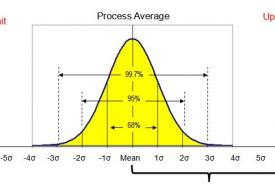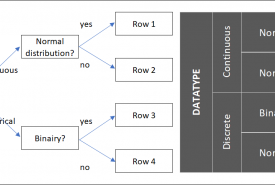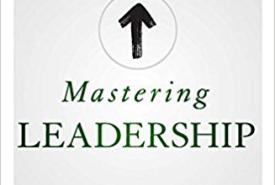Six Sigma DMAIC - T.Panneman & D.Stemann (summary)
In Six Sigma DMAIC, 8 Simple Steps for Successful Green Belt Projects, myself and co-author Dietmar Stemann describe how to lead a Green Belt project using a variety of Six Sigma tools. Instead of simply listing tools like moth Six Sigma books do, this book takes you through the project step by step and helps you select the right tools.










